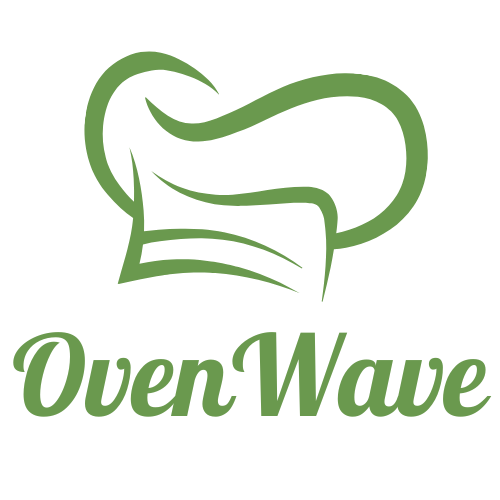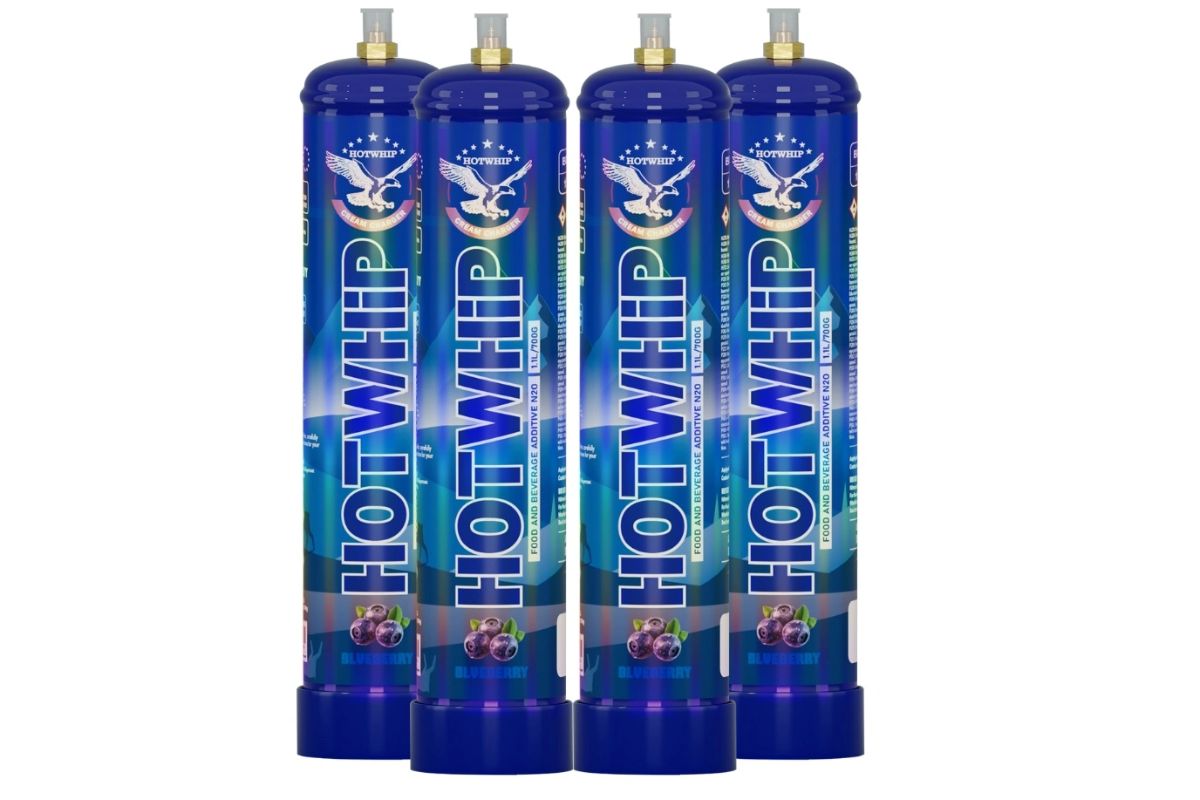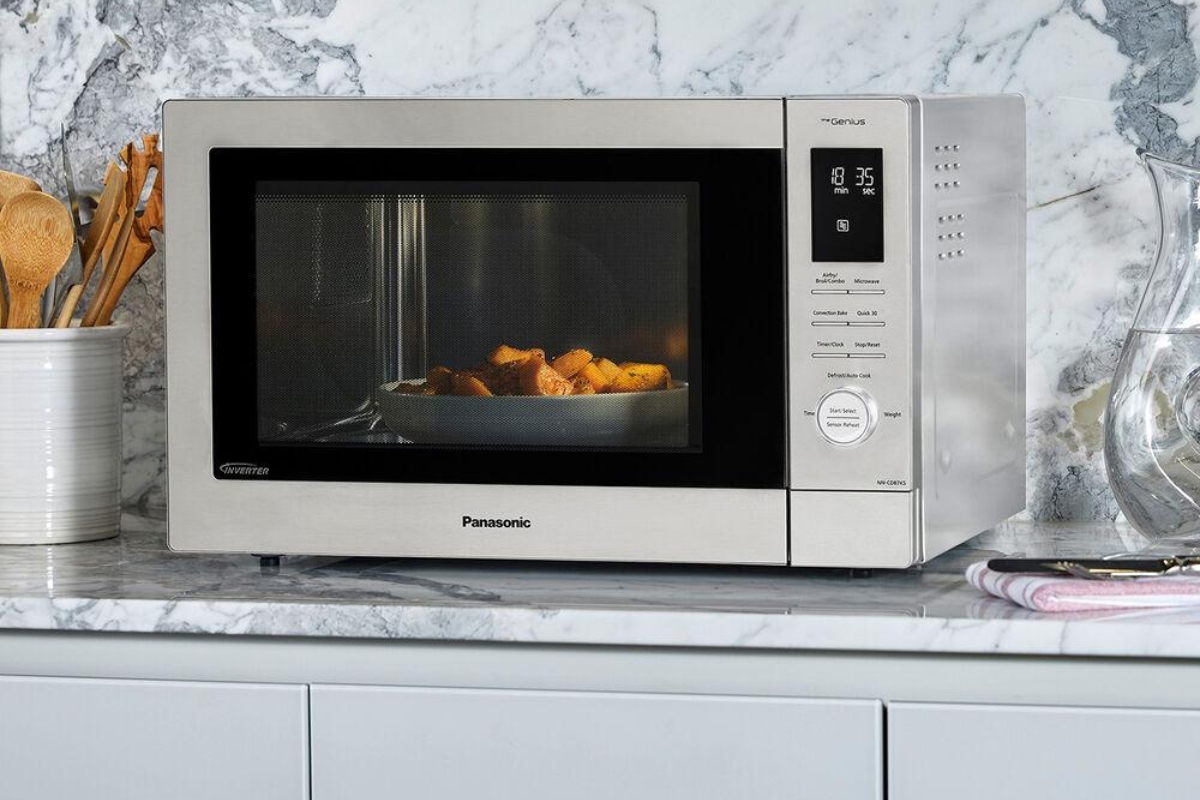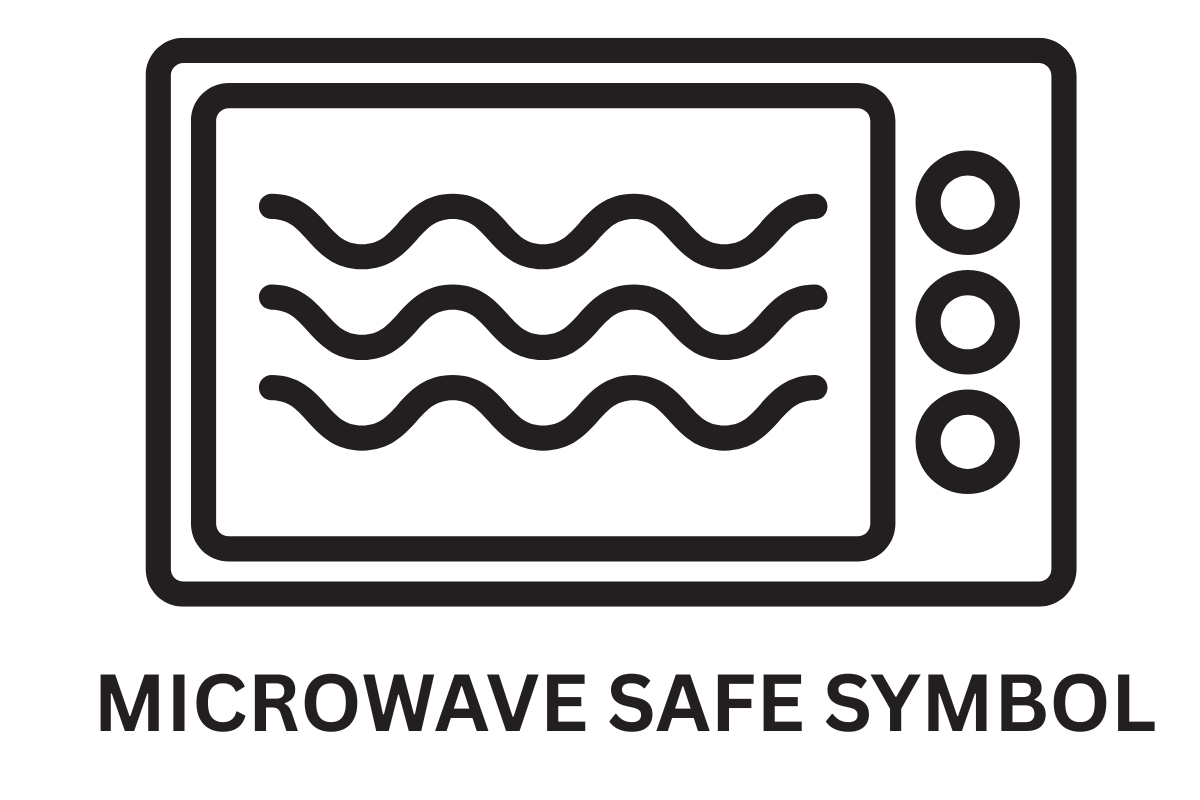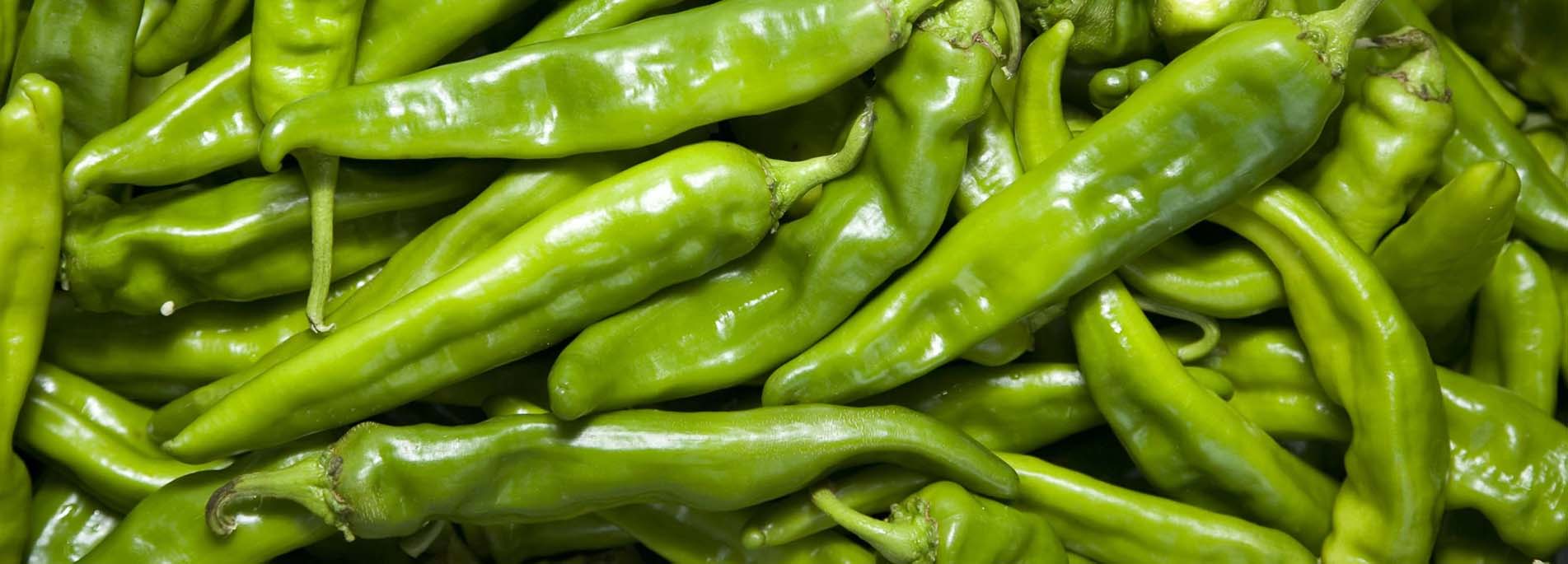Microwave cooking is convenient and fast, but using the wrong cookware can lead to disaster. That’s why it’s important to be able to identify microwave-safe symbols on your containers. Knowing which cookware can safely go into the microwave helps you avoid accidents like melting plastic, leaking chemicals, or causing a fire. In this post, we’ll guide you through how to identify these symbols, where to find them, and what to look for to ensure your cookware is safe for microwave use.
Why Identifying Microwave Safe Symbols Matters
Using microwave-safe cookware is essential for both safety and food quality. Non-microwave-safe containers can melt, warp, or release harmful chemicals when heated. These problems not only ruin your cookware but can also affect the taste and safety of your food. Identifying the microwave-safe symbol is an easy way to ensure that your containers can handle microwave heat without causing problems.
Common Places to Find the Microwave Safe Symbol
When you’re checking cookware for the microwave-safe symbol, the most common place to find it is the bottom of the container. Most manufacturers place the symbol on the bottom of bowls, plates, mugs, and storage containers. It’s often stamped or embossed into the material itself, making it easy to find.
In addition to the bottom, you may also find the microwave-safe symbol on the packaging when you buy the product. This is especially true for plastic containers or newer cookware. If the container is not labeled with the symbol, check the product label or manufacturer’s instructions for any mention of microwave safety.
If the symbol is absent, it’s best to avoid microwaving the container. Alternatively, check the container for other signs or use a simple test, like the water test, to assess its microwave safety.
How to Read the Microwave Safe Markings
Microwave-safe symbols are usually simple and straightforward. The most common design is a square with wavy lines inside, representing microwave waves. You may also see an image of a microwave oven or the letter “M” with lines above it, showing that it’s safe for microwave use.
Some containers are labeled with the words “microwave safe” along with the symbol. If you see these markings, you can be confident that the container is designed for microwave use.
In some cases, there might be additional information, like a temperature resistance label, indicating how hot the container can handle in the microwave. Look for these markings to ensure that the container can withstand the heat and pressure inside the microwave without warping or melting.
Differences Across Materials (Glass, Ceramic, Plastic)
Identifying microwave-safe symbols is not only about finding the symbol itself but also about understanding the material of the cookware.
Glass Cookware:
Most glass cookware, such as Pyrex or heat-resistant glass, is microwave safe. These materials can withstand microwave heat without breaking down. When checking glass containers, look for the microwave-safe symbol at the bottom or packaging. Some glass containers, especially older or decorative ones, may not be designed for the microwave, so always check the label.
Ceramic Cookware:
Ceramic containers are often microwave safe but require careful attention to detail. Look for the microwave-safe symbol and ensure that the ceramic does not have metallic accents or glazes. Metallic trims or decorations can cause sparks in the microwave, which could lead to damage or fires. Always check the microwave-safe label and avoid using any ceramic cookware with metallic parts.
Plastic Cookware:
Plastic containers are a bit more tricky. Some plastics are microwave safe, but others can melt or leach chemicals when microwaved. Always look for containers labeled as microwave safe and BPA-free. These containers are designed to withstand microwave heat without melting. Avoid using plastic containers that are not specifically marked as microwave-safe, as they can cause harm or ruin your food.
When the Symbol Is Missing
Sometimes, containers won’t have the microwave-safe symbol. If you don’t see the symbol, don’t assume the container is safe for the microwave. In these cases, you have a few options:
- Check the packaging: Many items will mention if they are microwave safe on the box or label.
- Look for other indicators: If the container is made of glass, ceramic, or BPA-free plastic, it may be safe for microwave use, but only if it’s not damaged.
- Test it yourself: You can use the water test (explained later) to check if a container is safe to microwave. If the container gets too hot or melts, it’s not safe for the microwave.
FAQs:
Are microwave-safe symbols required by law?
While microwave-safe symbols are not legally required in all countries, they are recommended by safety organizations and manufacturers to ensure consumer safety. Different countries have their own standards and guidelines, but using the symbol helps manufacturers avoid liability by confirming the product is tested for microwave use.
Can microwave-safe containers be used in the oven?
Microwave-safe containers are not always safe for the oven. Many materials like certain plastics and ceramics may withstand microwave heat but are not designed for the high temperatures of an oven. Always check for an oven-safe symbol if you plan to use the cookware in an oven.
Do microwave-safe containers lose their safety over time?
Yes, microwave-safe containers can lose their safety over time. Overuse, wear, and exposure to high temperatures can degrade materials like plastic, making them unsafe to microwave. If you notice cracks, discoloration, or warping, it’s time to replace the container.
Can I microwave food in a container that only has a dishwasher-safe symbol?
No, just because a container is marked as dishwasher-safe does not mean it is microwave-safe. Dishwasher-safe symbols only indicate that the container can withstand the heat and water pressure of a dishwasher. Always look for the microwave-safe symbol when using containers in the microwave.
Can I use any plastic wrap in the microwave?
Not all plastic wraps are safe for the microwave. Microwave-safe plastic wrap is labeled specifically for microwave use. Some regular plastic wraps can melt or leach harmful chemicals when microwaved. Always check the packaging to ensure the plastic wrap is labeled as microwave-safe.
Why is my microwave-safe container still getting hot?
Even though a container may have the microwave-safe symbol, it can still get hot due to the microwave heating food unevenly. The container might heat up from the food inside it. Always use oven mitts or a towel to handle containers, and make sure the food inside is properly heated and stirred.
